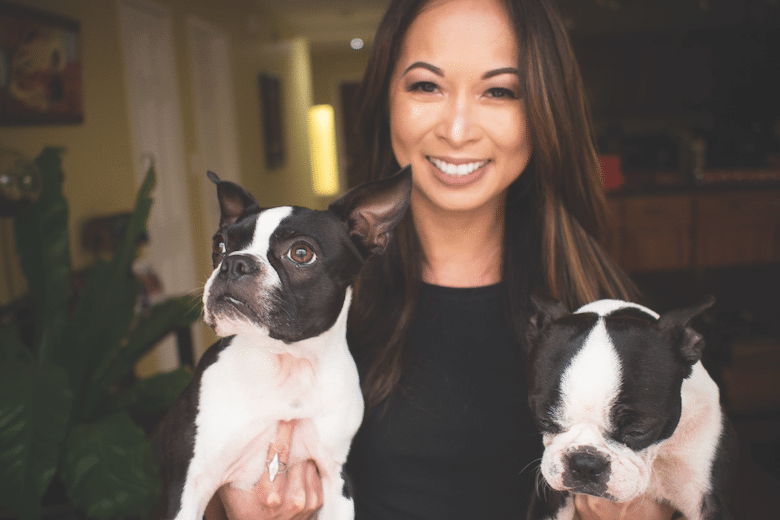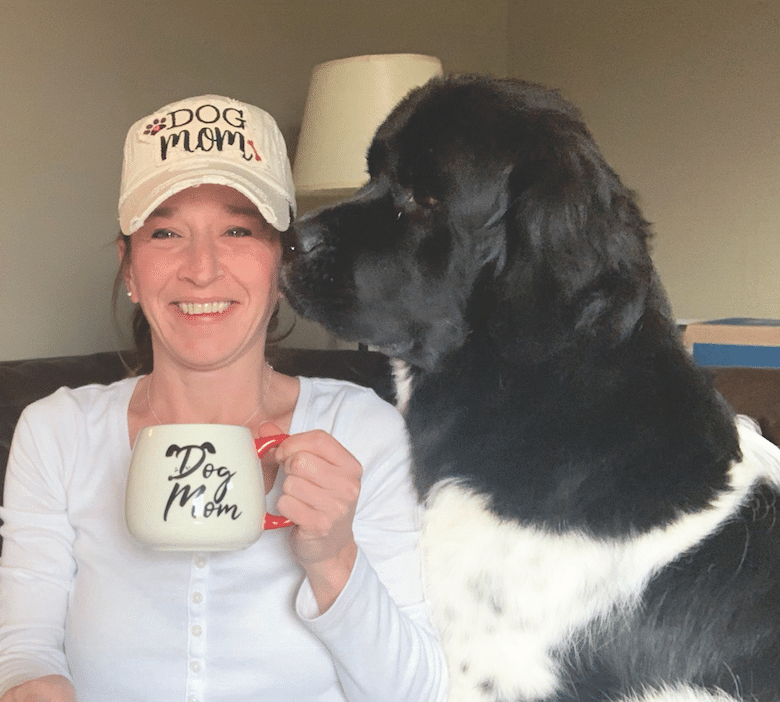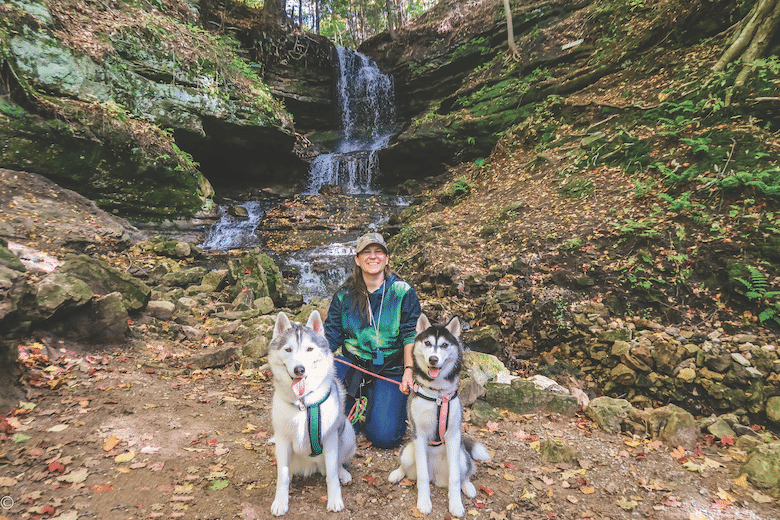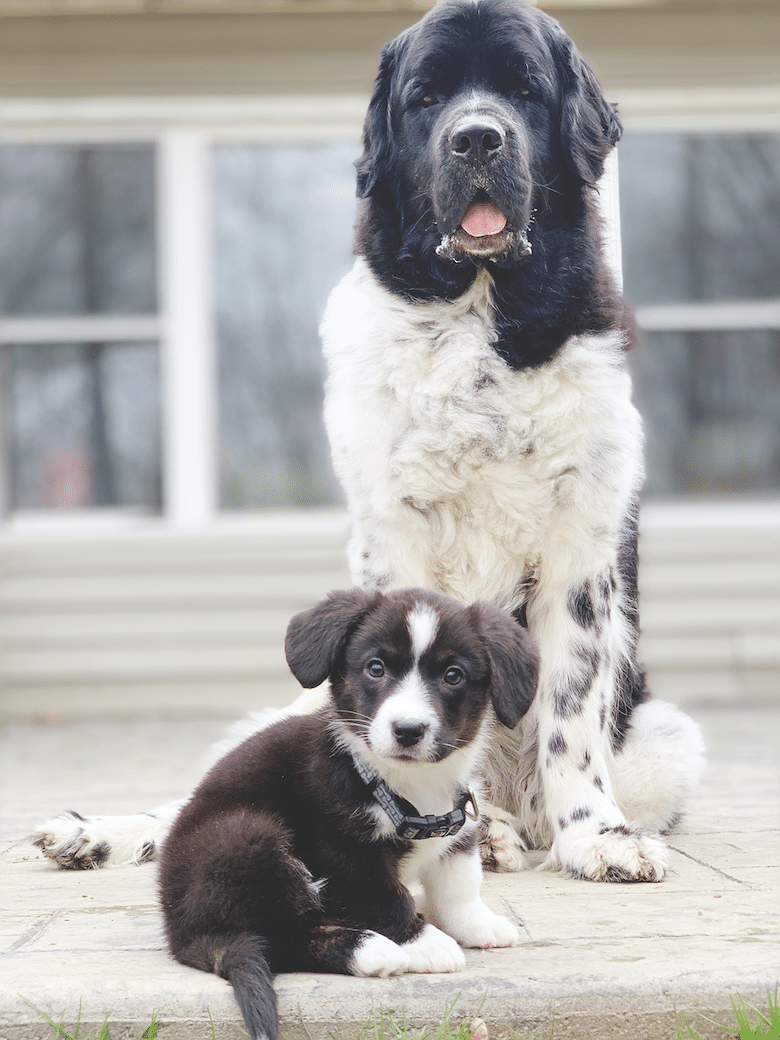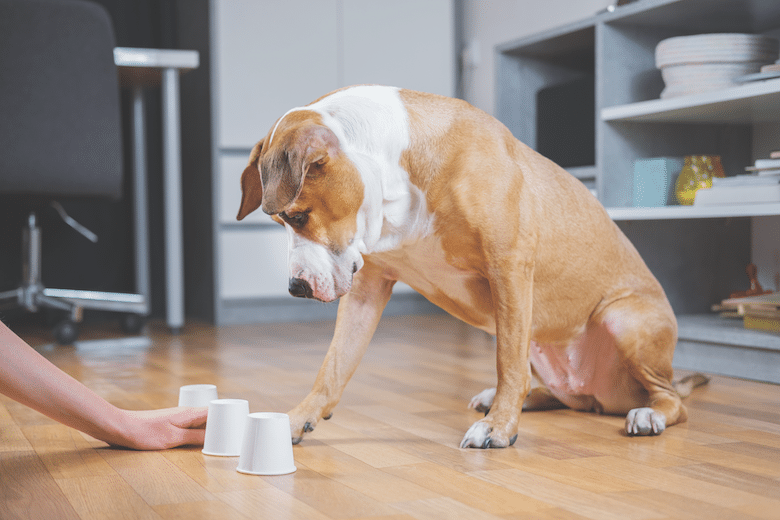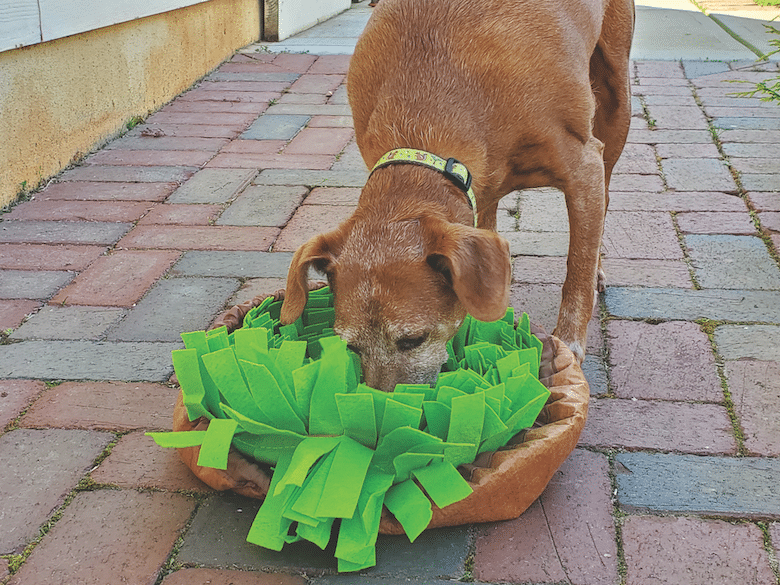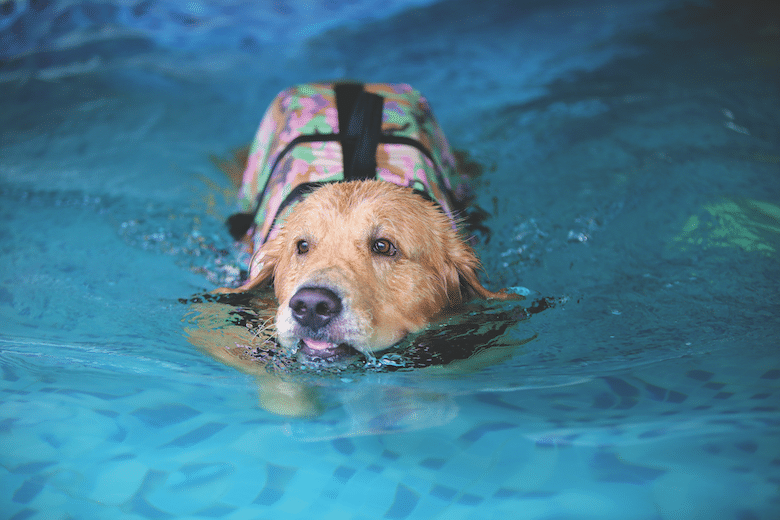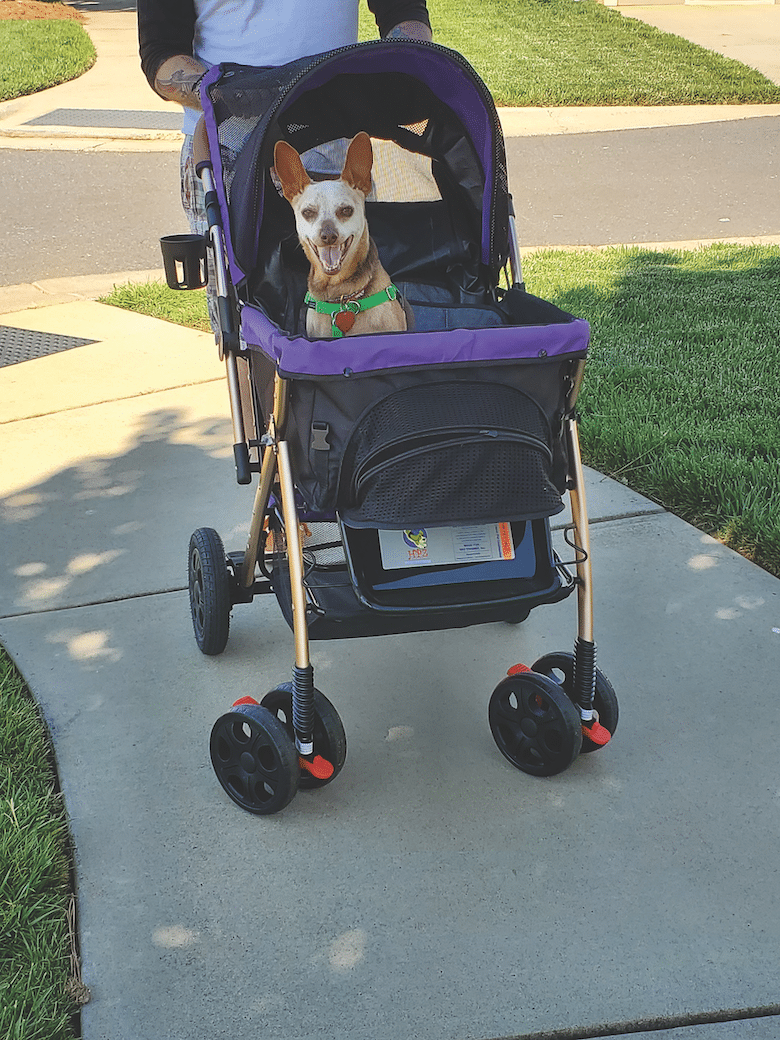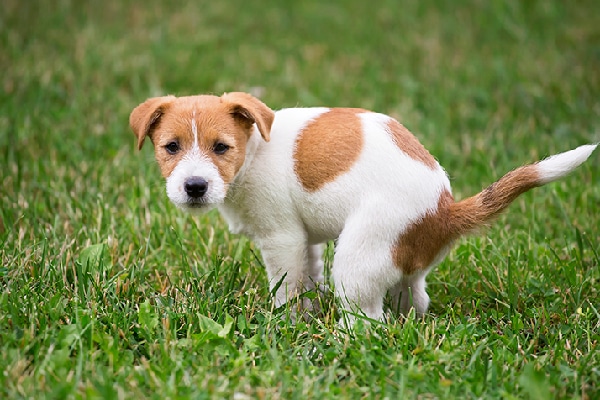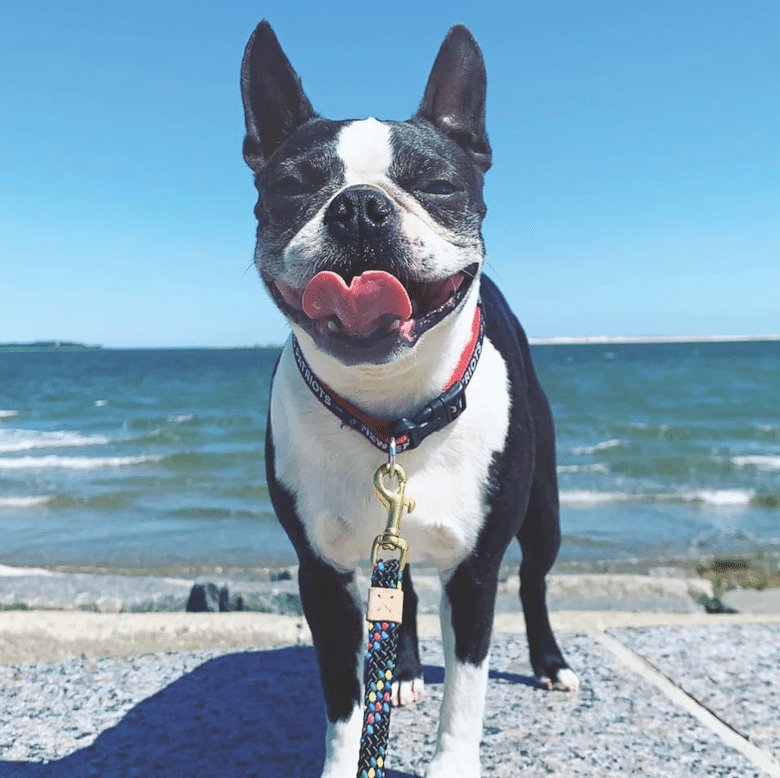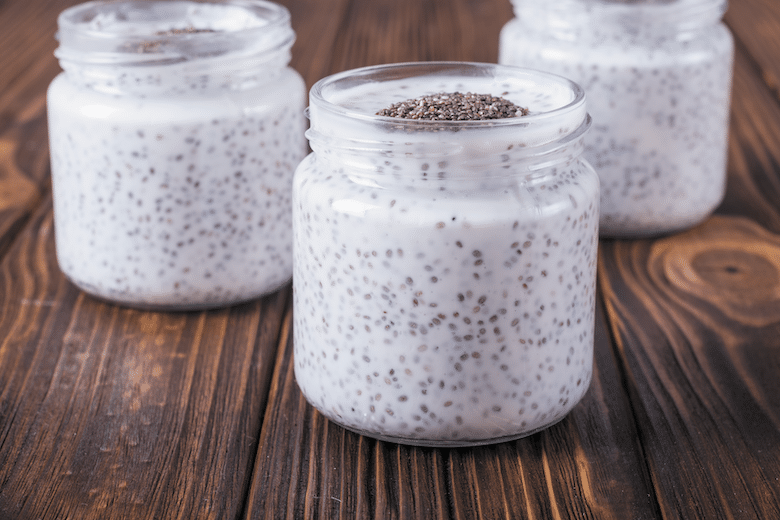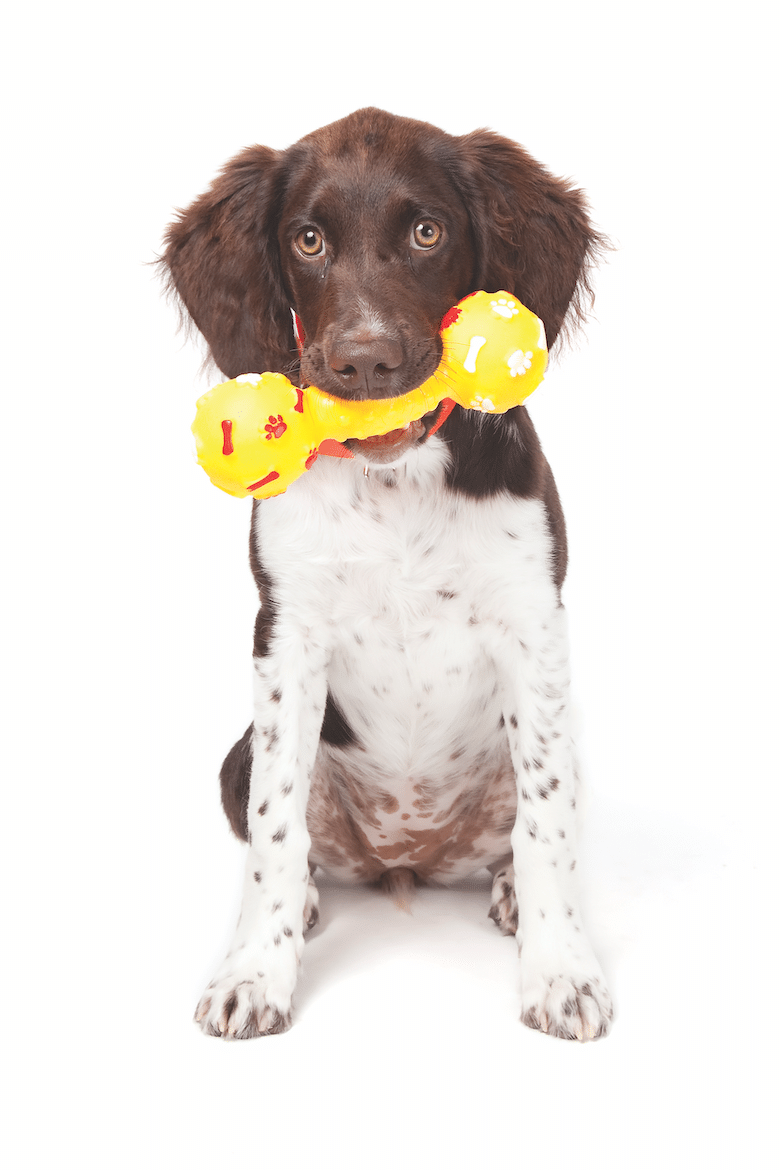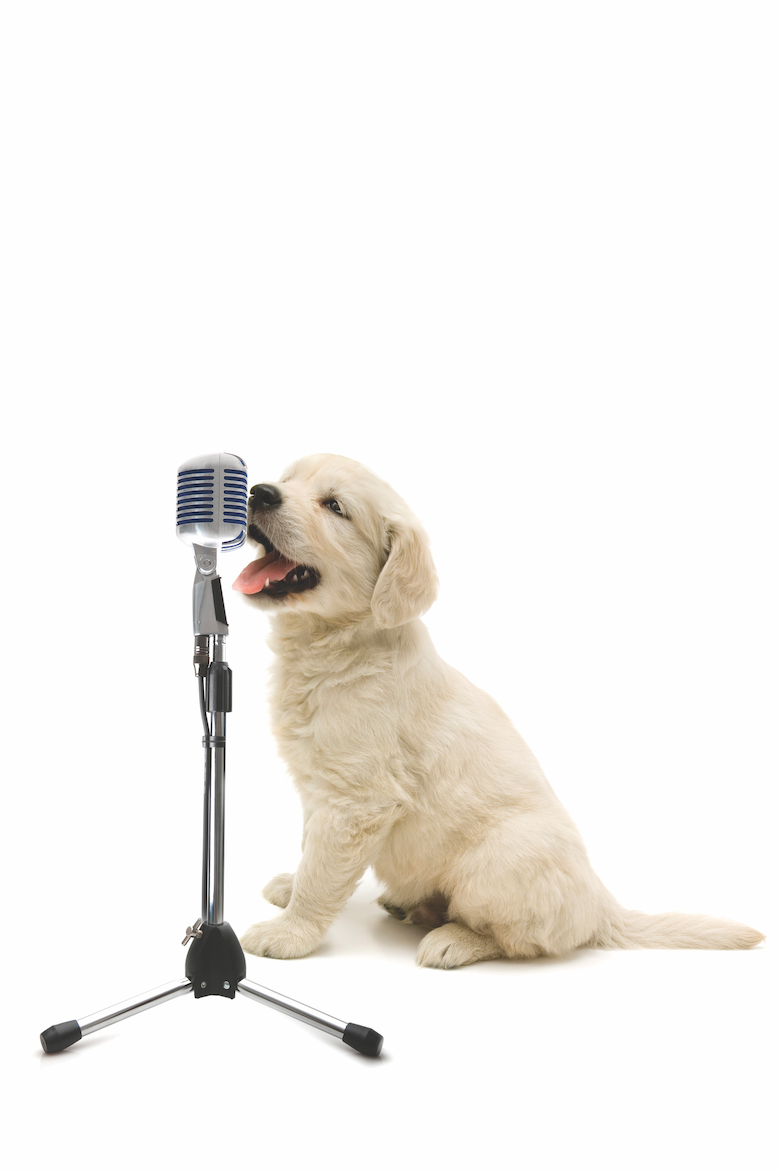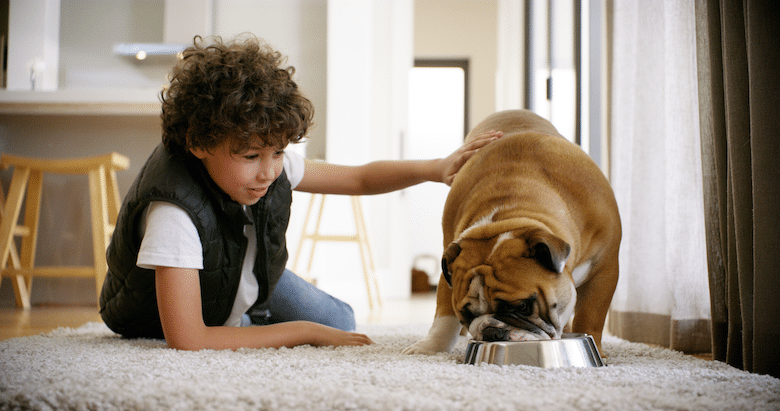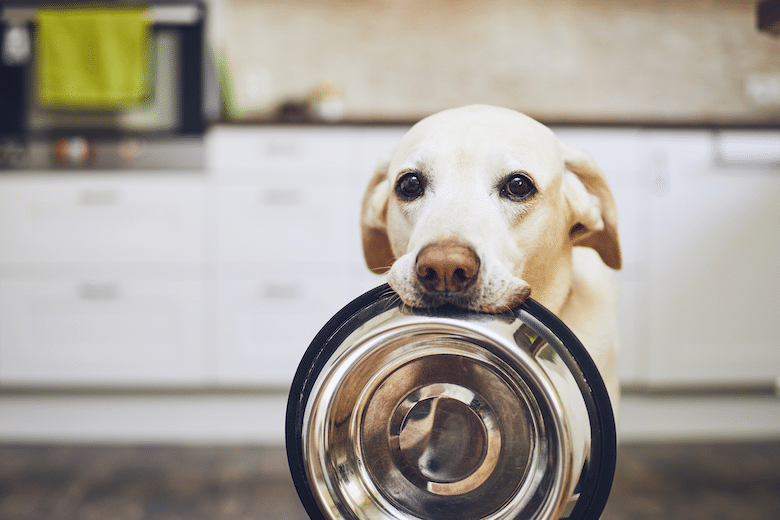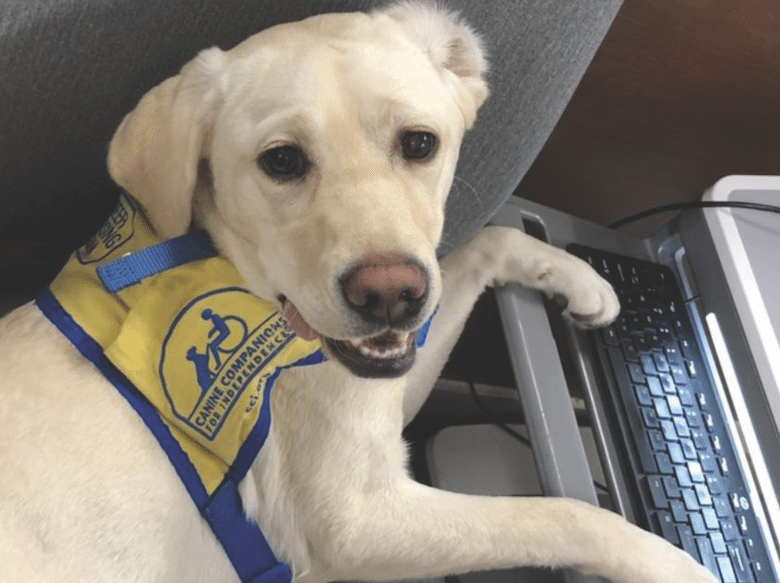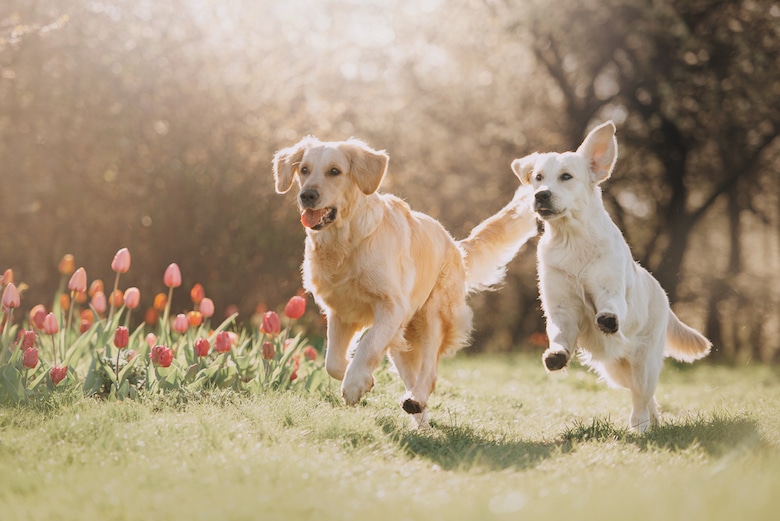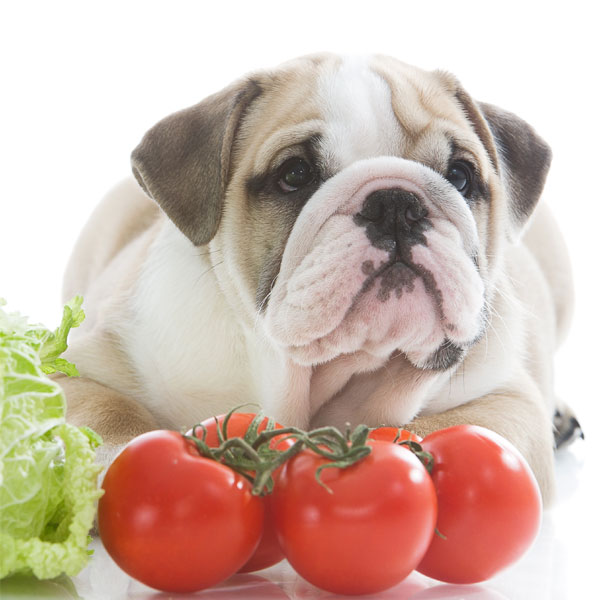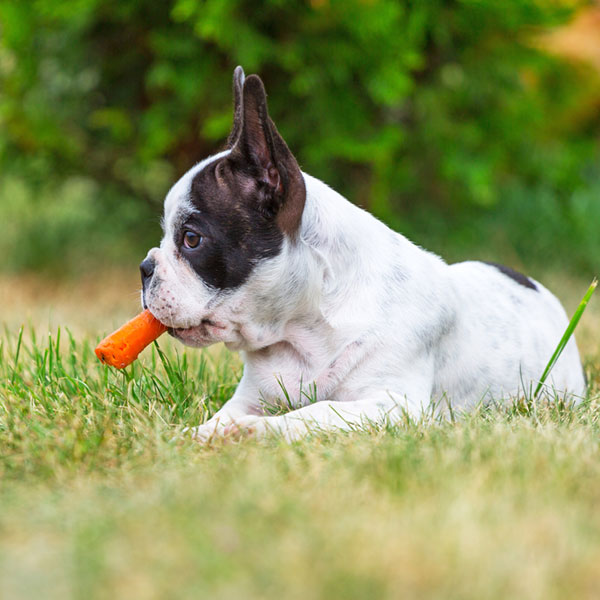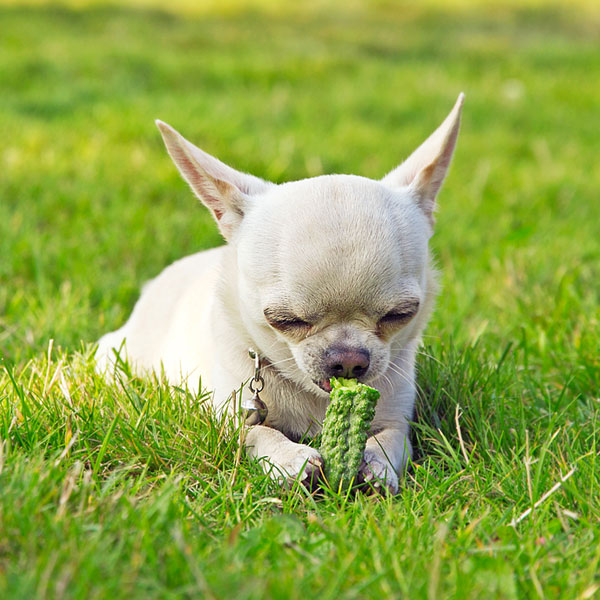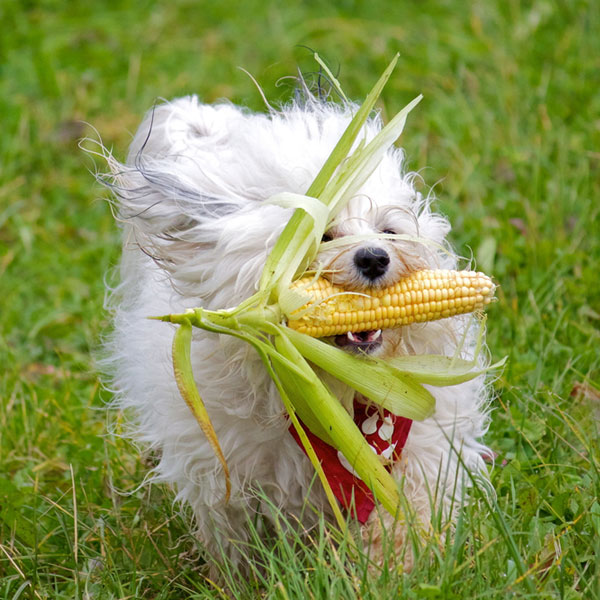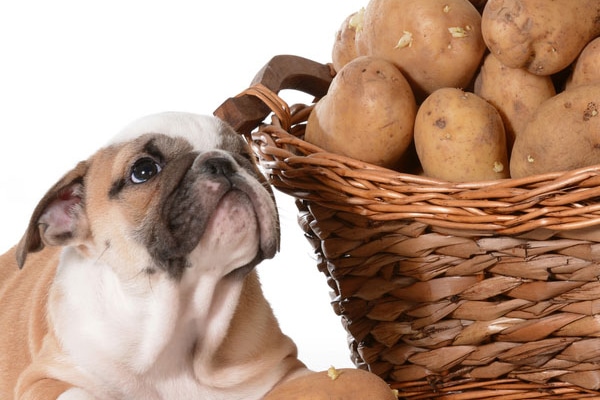The post Don’t Shave That Dog by Sassafras Lowrey appeared first on Dogster. Copying over entire articles infringes on copyright laws. You may not be aware of it, but all of these articles were assigned, contracted and paid for, so they aren't considered public domain. However, we appreciate that you like the article and would love it if you continued sharing just the first paragraph of an article, then linking out to the rest of the piece on Dogster.com.
When the weather gets warm, it can be tempting to have your dog’s coat clipped down to keep him cooler. While “less fur keeps a dog cooler” sounds like common sense, this isn’t always the case. Not all dog fur is created equal and shaving or cutting the fur of some breeds of dogs can damage their coat for life.
Know your dog’s coat type
It’s important to know what type of coat your dog has in order to groom appropriately. If you have a purebred dog, your local or national breed club has a wealth of information about how to care for your dog’s fur type. If you have a mixed breed dog, talk with your vet about what kind of coat your dog has. Knowing if your dog is single or double-coated helps to make decisions about how to groom your dog.
“Single-coated breeds of dog such as Poodles, Kerry Blue Terriers, Portuguese Water Dogs, and Bichon Frise can be repeatedly clipped short because the shaving process does not change the texture of their hair,” says AKC’s Chief Veterinary Officer Dr. Jerry Klein. “The hair will just keep growing and the texture and color will be unaffected.”
The same is not true for double-coated breeds.
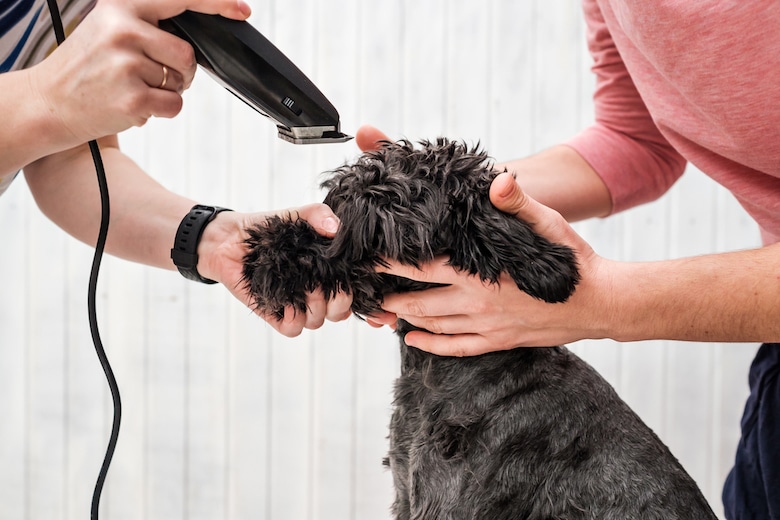
Photo: Koldunov/Getty Images
Double-coated dogs
Dr. Jamie Richardson, Medical Chief of Staff at Small Door Veterinary, explains that double-coated breeds of dogs “actually have two types of hair — the outer ‘guard’ hair and the inner, soft undercoat.”
Most people have good intentions when they shave down a dog in the, summer wanting to help the dog feel cooler, but for double-coated dogs a summer cut might have the opposite effect.
“Shaving a double-coated dog removes the all the long protective guard hair and much of the undercoat leaving little undercoat for protection. This shaved coat doesn’t protect against the sun, which exposes your dog to greater risks of the sun: overheating, sunburn and possibly even skin cancer,” says Dr. Klein. Unless your dog has an underlying skin condition and your veterinarian recommends shaving your double-coated dog down for medical reasons, this is something that you will want to avoid doing.
Double coated dogs include Newfoundlands, Bernese Mountain Dogs, Akitas, Shetland Sheepdogs, Pomeranians, Australian Shepherds, German Shepherd Dogs, Golden Retrievers among many others. The fur of double-coated dogs can be damaged when it is cut or shaved, and the impact can be long-term.
“When you shave a double-coated dog, you risk the coat growing back patchy or, in some cases, not at all – called post-shaving alopecia” describes Dr. Richardson.
Keeping double-coated dogs cool
Although the coat may look like it would be hot, double-coated dogs’ fur is naturally designed to help keep them cool. Dr. Richardson explains, “ The guard hair helps to keep the pet cool by helping circulate cool air to the skin.”
Double-coated dogs are known to have sensitive pale pink skin under all that fur making them very susceptible to sunburn if their fur is cut short. “Guard hairs reflect the sun’s rays, protecting the skin from the sun,” notes Dr. Klein on why it’s so important for double-coated dogs to not be shaved. Grooming should be a regular part of life for all dogs and especially double-coated dogs. “Keeping your dog well-groomed and free of larger mats is the best way to manage your dog’s coat any time of the year, but especially in the summer months,” advises Dr. Klein.
You want to give your dog a thorough brushing multiple times a week. And as dogs sweat from the bottom of their paws, pay special attention to your dog’s feet when you’re grooming him. Keeping the paw hair, especially fur between the paw pads, well-trimmed help to keep your dog cooler.
Beyond keeping your dog’s coat well-groomed and free from mats, the best way to keep your dog cool in the summer is to help your dog to avoid the heat. Always provide fresh, cool water for your dog and never leave your dog unattended in a car or outside. Being inside and in air conditioning during the heat of the day is best for all dogs. If you want to take your dog for a walk during the summer months, go out early in the morning or later in the evening once the sun is down and the pavement has cooled off.
Top photograph: tzahiV/Getty Images
Read Next: 10 Summer Dog Gear Items to Keep Your Pup Safe & Happy
The post Don’t Shave That Dog by Sassafras Lowrey appeared first on Dogster. Copying over entire articles infringes on copyright laws. You may not be aware of it, but all of these articles were assigned, contracted and paid for, so they aren't considered public domain. However, we appreciate that you like the article and would love it if you continued sharing just the first paragraph of an article, then linking out to the rest of the piece on Dogster.com.
Via Dogster https://www.dogster.com